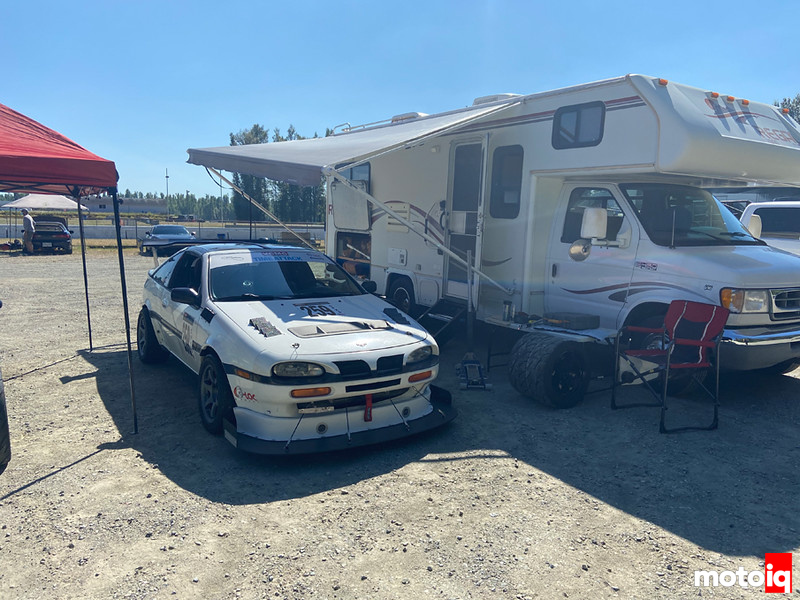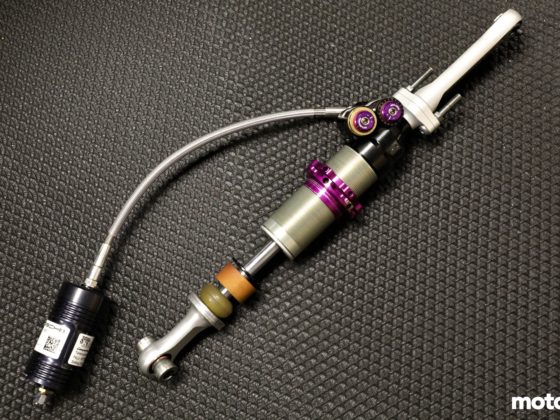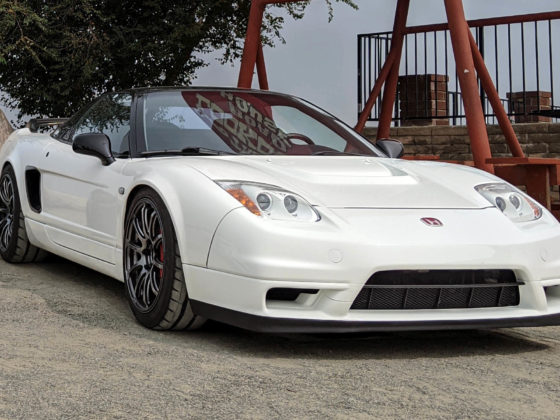As we were still facing a lack on long term power, the next thing that I planned and followed through on was the addition of two more Interstate Group 27 Deep Cell 12 volt batteries. Now, 6 volt batteries would actually have a larger capacity than a similar 12 volt battery and, when hooked up in series (positive to negative) they create a 12 volt outlet. However, as I already had two 12 volt Interstate batteries we chose to continue with 12 volt. Some of you are likely thinking, Frank, you’re missing out here. New battery technology would offer a much better battery source than the old school technology you’ve described so far. I agree that battery technology is improving at a dramatic rate; but at this point in that development the value isn’t there. If I was working with an unlimited budget, who knows what I would have done, but never in my life have I had that option. This choice is the best value and performance package that I can access. Huge thanks to Kyle at Cottonwood RV and David at Interstate Batteries for helping us sort through this.

When using 12 volt batteries they must be hooked up parallel, as in the positive is hooked to the positive and the negative is hooked to the negative. This maintains the 12 volt output but doubles the capacity. Reading that I did indicated that while you could have the power and negative leads running off of the same battery, that if you had the power on the lead battery then ideally the negative should be off of the tail battery. The rationale being that this forces the battery bank to be used as one whole entity, whereas running them both off of the same battery turns the others into a piggyback setup. As that sounds logical to me, I used the lead/tail cable system although for the past ten years I’ve always had them run off of the same battery. We could have hooked all four batteries up in parallel to provide 12 volts at quadruple the capacity, but as the original two batteries are over 18 months old there was a concern that they may pull down the new batteries. So the decision was made to create two separate battery banks. Another advantage that I see with two separate banks is that when one bank is run down and I switch to the other, that run down bank can be recharged slowly by the solar panel or by the generator. This will hopefully mean that we will always have a power source on hand.

The decision to double the battery capacity was easy, but it meant that some updates had to happen with the RV. The existing RV house battery on/off switch could only handle one bank of batteries. Rather than having to disconnect and re-connect everything in the middle of the night when one bank runs down, I started searching for a switch that would handle two battery banks. I found that they are plentiful in the boating world. The switch that I obtained allows for Off, Bank 1, Bank 2, and Both. EDIT: originally I said that I’d never use both as that would feed 24 volts to the unit. WRONG! Huge thanks to Joel K who is a marine technician in Bellingham, WA and works with way more complicated setups than what I have. He pointed out that based upon my diagram, Both would still be a parallel setup and provide 12 volts of power and from all 4 batteries. He also pointed out that this is a great setup to use to allow the engine generator to charge up all of the batteries.






15 comments
I could feel the love in that article. That kid has the best Grandpa ever.
ERK, tons and tons of love. Not sure about the best Grandpa, but I certainly have the best Grandson! 🙂
Thank you!
Frank
I don’t have a camper… I’m not from Canada… I don’t have anyone in my life with a similar condition to Emmett… But I really enjoyed this article. Thank you.
Hi Jerry,
Glad you enjoyed it!
Frank
Incredible article! I don’t understand the innards of automotive repair, but after observing my brother’s love for car-racing for years at Mosport (now Canadian Tire Motorsport Park) in Ontario and then after his move to BC, his love for everything Emmett I can fully appreciate all 7 pages of this article! His love for car-racing, RV Camping and Grandson combined! I love my brother Frank and so proud of him and all his accomplishments!
Thank you, Janice. Love you too! I’m pretty sure that you’re going to get into car racing and track days sometime soon!
Great article! Its good to be reminded from time to time that our hobbies can mean so much more and that its important to enjoy life with those we love! Thank you!
One nit pick though: According to your diagram, if you put your battery switch into the “Both” position you are connecting you banks in parallel not series. In effect it turns both banks into one large 12v bank.
In the marine world this position is used to charge both battery banks with the alternator while the engine is running, then you can choose between the two banks when your docked or at anchor and the engine is no longer charging.
Functionally, this doesn’t change how you are currently using the switch, but if someone were to accidently set the switch to “both” you wouldn’t suddenly get a 24v surge that would damage any electrical components.
Joel, Thank you.
And thank you even more for your update on my battery switch. I’m going to be reaching out to you as you’re knowledge base on this is obviously way better than mine!
Frank
Love the article.. another vote for the greatest Grandpa!
Hi Adrian, Thank you and so glad you enjoyed the article!
Frank
Thought about running 6 volts?
Rockwood, 6 volt is absolutely a longer lasting battery. But two years ago when I bought a new set of house batteries my RV manufacturer recommended 12 volt. This was the manufacturer not the dealer. I didn’t have time to research so I just went with their recommendation. (I briefly comment on this on page 4). Too bad as 6 volt would have given much better life. And with this upgrade I wanted both banks to be the same, so 12 volt is what it had to be. When it comes time to replace all four, then I will probably go to a 6 volt solution.
Now you’re talking. No savvy sailboat guy would use anything but 6 volt golf cart deep cycle batteries. They work just as well in my RV, just don’t buy cheapies.
JD, if only I were a sailboat guy. I don’t even need to be a savvy one! Ha ha ha. I’ve certainly expanded my knowledge base over the years and 6 volt will be the next step. But only once I’ve used these up!
Given your use case, minimum of 4 batteries will be needed. Biggest bummer about 6v batteries is if one dies, you’re (you guessed it) stuck at 6v only.
A bunch of guys are experimenting with LiFePOs, but the danger of fire is waaaaaaay too high for me. Anyone who’s seen an RV fire live will agree. They go up FAST